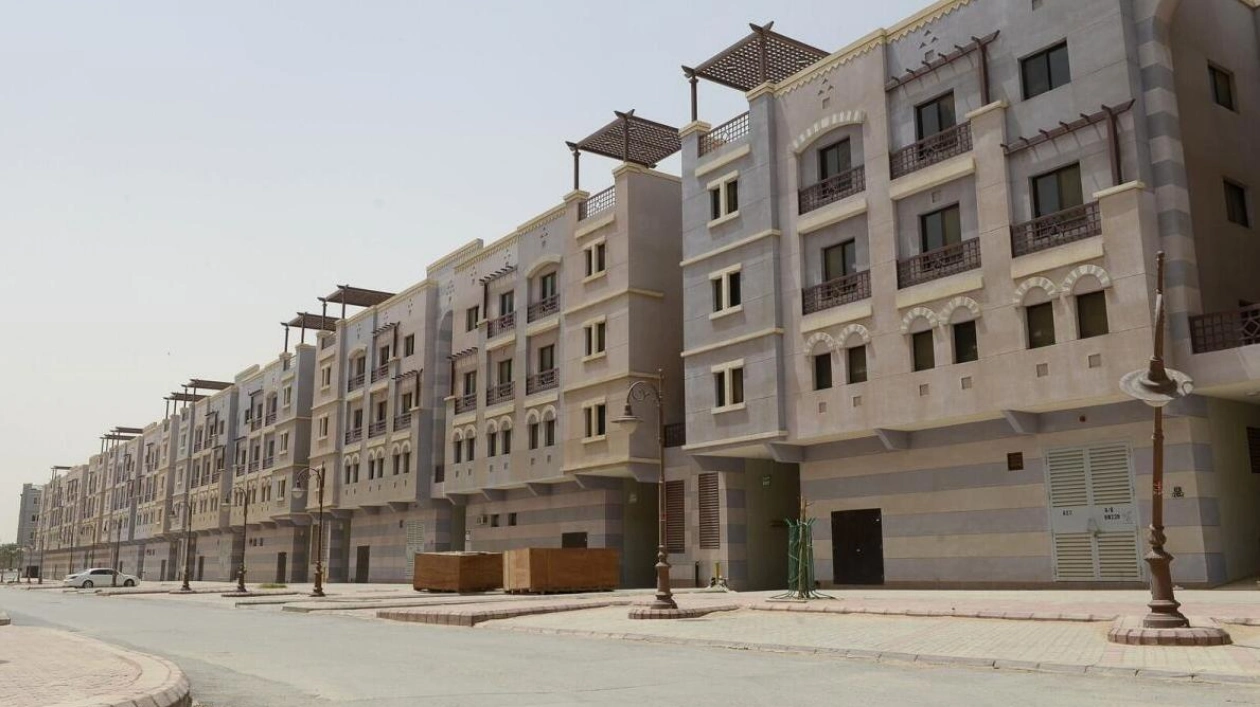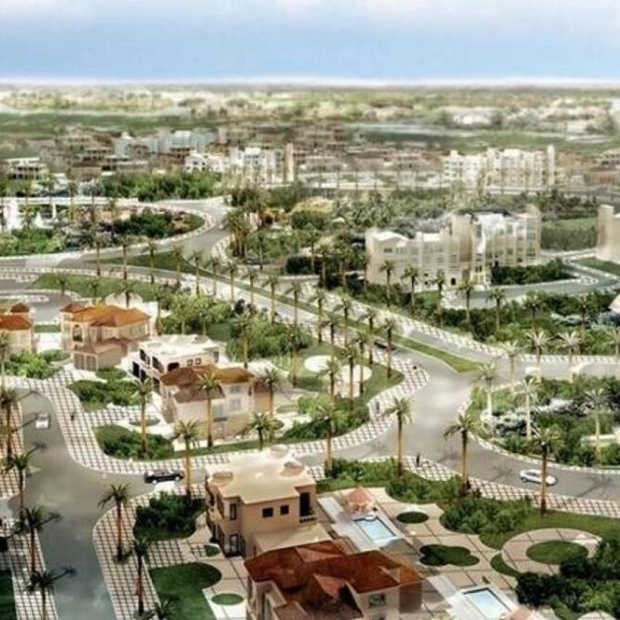A panoramic view captures the sight of newly constructed residential buildings in Riyadh. The kingdom's housing initiative, launched in 2018, aims to revolutionize the governance, delivery, and financial support of the residential housing sector. — Reuters file
Research unveiled on Monday indicates that over 115,000 new homes are required annually until 2030 to meet the demand from Saudi nationals. According to Knight Frank's latest whitepaper, 'Transforming Saudi’s Residential Housing Market: Opportunities Abound,' about one-third of this demand is spurred by the government's goal of achieving a 70% homeownership rate, considering the current rate stands at 63.7% as of 2023. The primary driver, accounting for approximately two-thirds of the projected demand, is the formation of new households, as young Saudis, whether single or married, seek to move into their own homes.
Dr. Christopher Payne, Partner and Chief Economist for Mena, noted, “Housing demand is intrinsically linked to Saudi Arabia's youthful population. With 45% of nationals under 20 and 63% under 30, it's natural that these young Saudis will aspire to own their homes in the coming years.” Knight Frank's conservative estimate for housing demand between 2024-2030 is 825,000 units. As of 2023, the Ministry of Municipal and Rural Affairs (MOMAH) reported 883,562 applicants for the Sakani program, which focuses on enabling Saudis to access homeownership and the financial means to afford it.
The kingdom's housing program, established in 2018, has significantly transformed the governance, delivery, and financial aspects of the residential housing market. One of its cornerstone initiatives is the Sakani program, which has facilitated over 800,000 contracts, including 415,000 for ready-made homes, 201,000 for self-construction projects, 90,000 for off-plan properties, and 94,000 for MOMAH land products. A notable indicator of the program's success is the exponential growth of mortgage finance, which has surged from 121.9 billion Saudi riyals in 2016 to 662.4 billion riyals by Q2 2024, marking a fivefold increase in less than eight years.
On the demand side, MOMAH has implemented online platforms to expedite housing applications by Saudi nationals. Simultaneously, the Etmam program has streamlined the industry's approval and permit processes through a one-stop online service center. Additionally, the National Housing Company (NHC) has announced developments within new community masterplans, incorporating approximately 200,000 housing units, with plans to reach 300,000 units by the end of 2025.
Knight Frank is monitoring 1.04 million new homes that are either under construction or planned for delivery by 2030. Amar Hussain, Associate Partner for Research in KSA, remarked, “For developers, both local and international, the scale of Saudi Arabia's housing market presents a compelling opportunity to contribute to the government's vision in what is undoubtedly one of the most dynamic new global real estate markets.”
S&P Global Ratings highlighted that Saudi Arabia's thriving residential real estate market is underpinned by robust growth fundamentals and a predominantly young population of over 35 million. Sapna Jagtiani, a credit analyst at S&P Global Ratings, stated, “We anticipate that demand for residential real estate will remain robust, particularly in Riyadh and Jeddah, driven by an average population growth of 3.3% from 2024-2027, fueled by domestic migration and expat inflows.”
Source link: https://www.khaleejtimes.com






